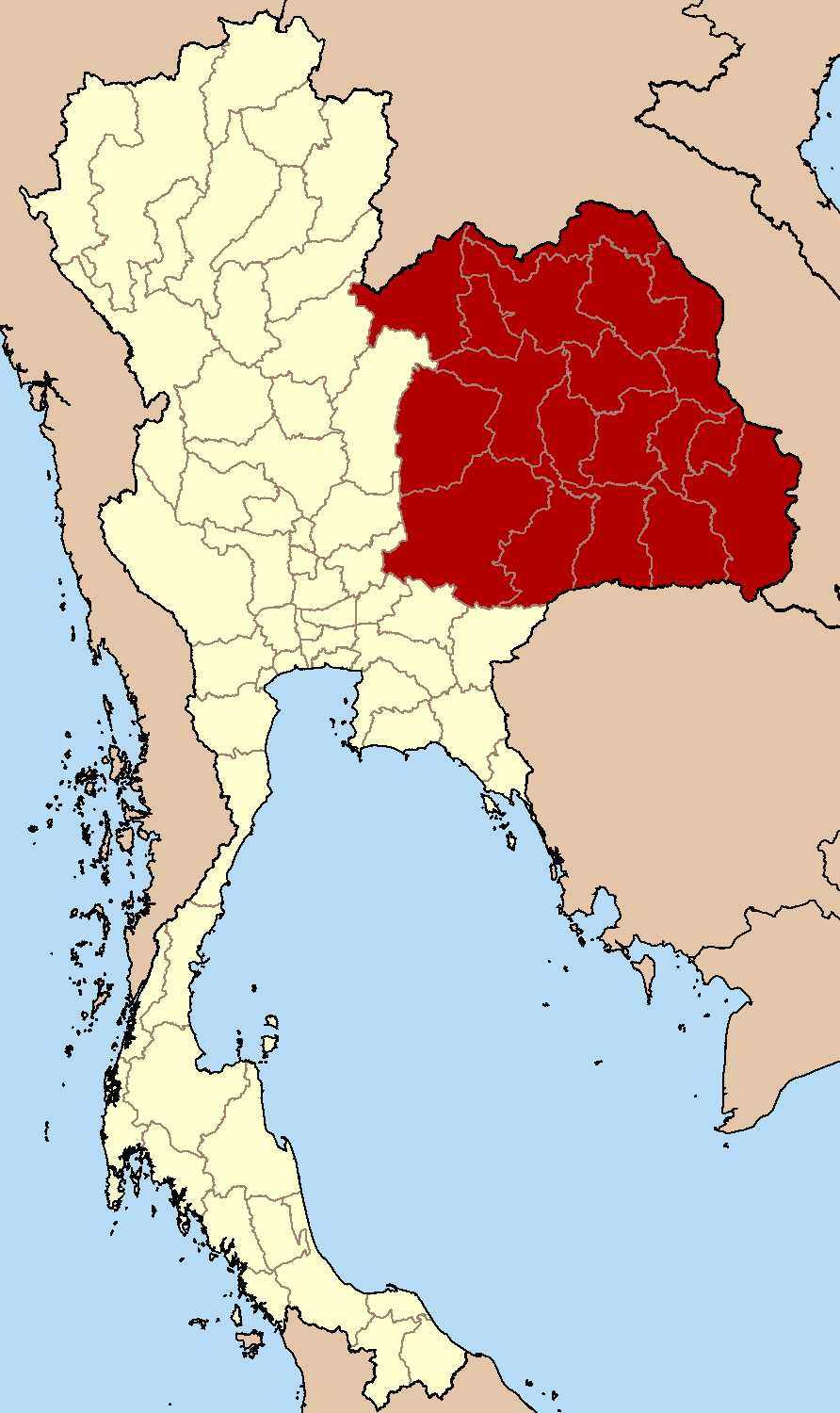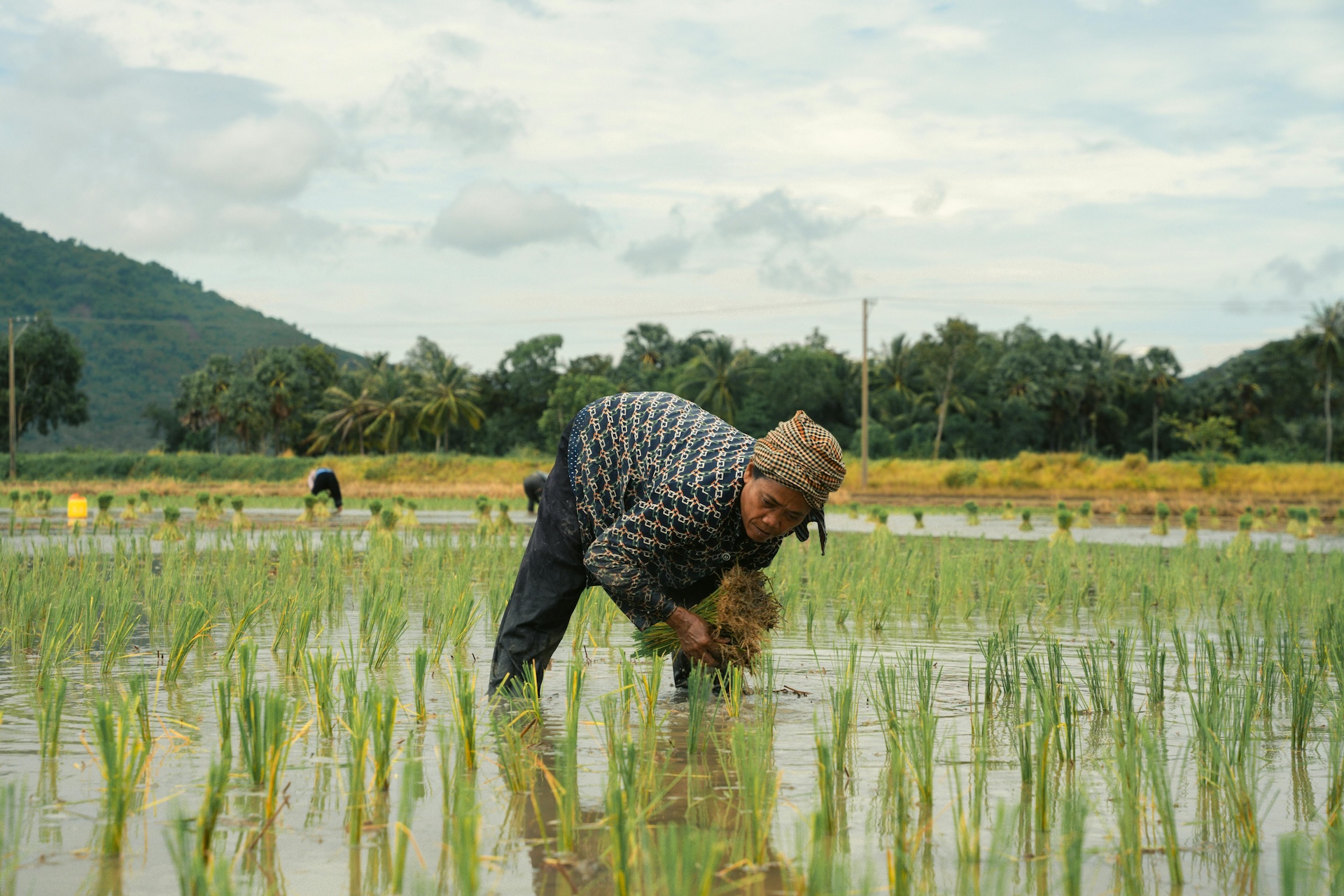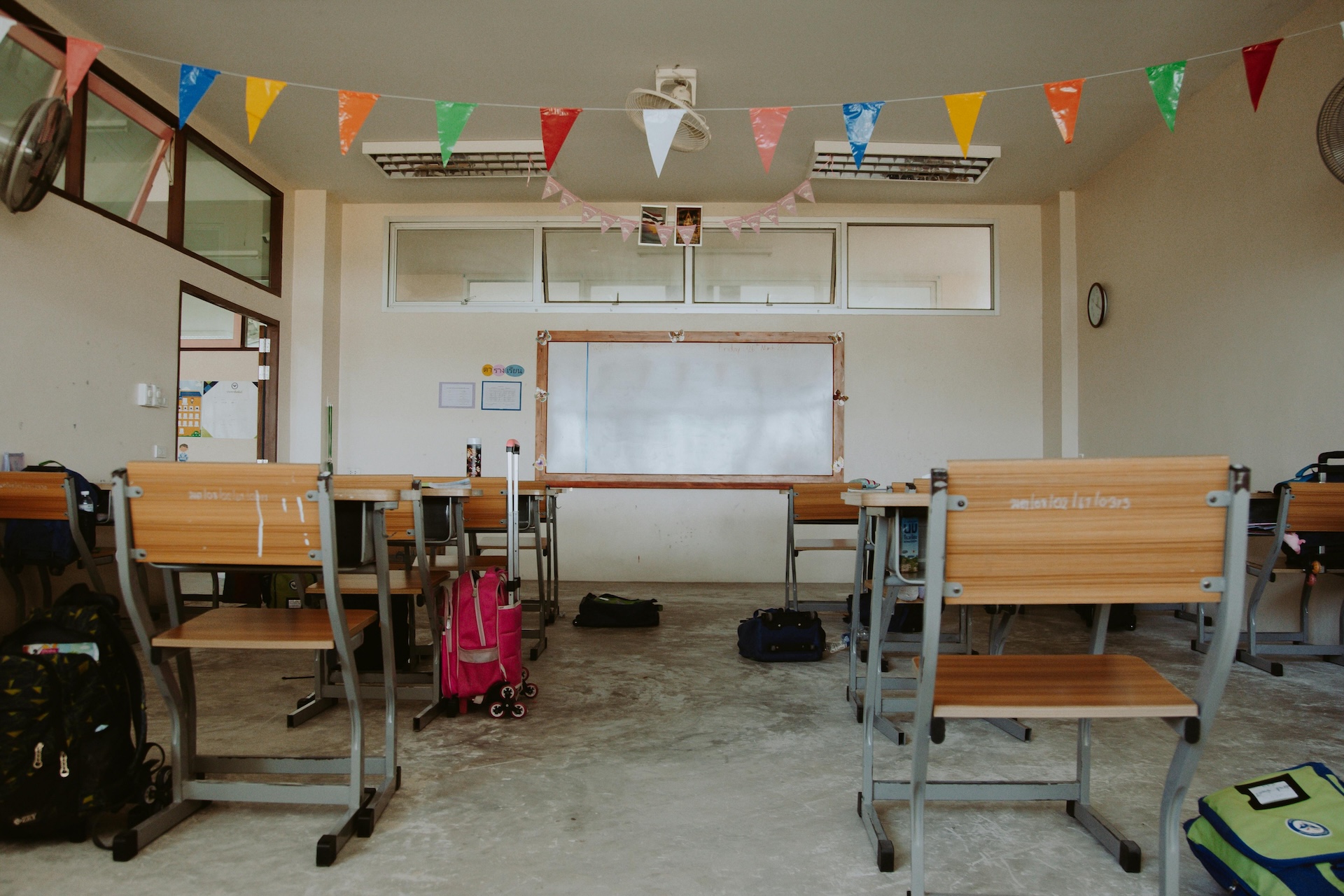While Thailand’s economy has grown, the benefits haven’t reached all corners of the country. In the northeast, known as Isaan, rural communities face persistent poverty and limited access to opportunity. This is where our work begins, helping to close the gap through education, skills, and hope.
Some Numbers
Thailand has made great strides in development, yet deep regional inequalities remain. Nowhere is this more visible than in the northeast, known as the Isaan region.
Stretching across 160,000 km², Isaan is home to nearly a third of Thailand’s population. Yet it remains the poorest region in the country, a place where agriculture dominates, but unpredictable weather, poor soil, and limited infrastructure keep many families struggling.
21,5 million
Population, about a third of Thailand
85%
Residents working in agriculture
$400 per year
Average yearly income per household
70%
Population classified as poor


Life on the Land
Most families here are farmers, growing rice alongside cassava, sugarcane, and rubber. Silk weaving remains a valuable cottage industry, preserving cultural heritage while adding to the local economy.
But life on the land is tough: droughts and floods are frequent, the soil is often depleted or saline, and irrigation is scarce. While modern equipment is slowly replacing traditional tools, low yields and high costs keep many households trapped in subsistence farming, with little chance to invest in a better future.
Daily Challenges Beyond the Fields
Poverty in Isaan isn’t just economic, it shapes every aspect of daily life. Limited healthcare, poor connectivity, and unreliable infrastructure all make it harder to break the cycle.
Healthcare
Eight of Thailand's ten least-served provinces for doctors are in Isaan.
Connectivity
Internet is often slow or unreliable. Mobile and satellite connections are expensive and inconsistent.
Roads & Water
Many smaller roads remain unpaved. Water often comes from wells or collected rainwater.
Barriers to Education
Rural schools often lack resources and trained teachers, especially in English. Many children leave school after Grade 6 (around age 12) to help their families, often migrating to cities for work.
With limited qualifications, they’re confined to low-paid or insecure jobs, from factory shifts to street vending, making it nearly impossible to escape poverty. Improving access to quality education is one of the most powerful ways to change this story.

Skills That Change Lives
True change means more than short-term aid. It’s about equipping children with the tools to shape their own futures, skills that create opportunities close to home, rather than forcing them to leave in search of work.
Language Skills
Communication skills open doors to better jobs and education.
Digital Literacy
Computer skills are essential for today’s economy.
Vocational Training
Practical skills create local employment and self-sufficiency.
By investing in these skills today, we help young people build brighter futures for themselves, their families, and their communities, breaking the cycle for generations to come.